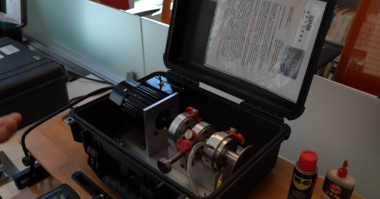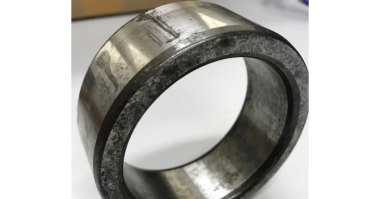Conversation goes something like this “Why didn’t you get the PMS done well?” “Because I kept getting called off on breakdowns all day.” Same story the next day, in fact, every time you go to work, there’s always repeat failures. The maintenance techs are getting the same calls and work orders frequently. They don’t get time to do the PMs to prevent and detect failure or fix anything proactively because the equipment keeps breaking down.
By the end of this video, everyone will know there is a process that makes it possible to stop these chronic failures at the source. Then you and your team can focus on doing the right things and become less reactive as an organization, instead of rushing around clamoring to find a part that may or may not be in stock.
One thing many maintenance techs pride themselves on is being a troubleshooter instead of a parts changer. Troubleshooting is the process of detecting a problem, determining its cause, and taking corrective action to resolve the problem. While troubleshooting is immensely better than parts changing, it may be the wrong tactic in some instances.
In some cases, troubleshooting is only a temporary solution that will last just long enough for you to start working on something else. It may not permanently fix the problem. This is where root cause focus comes in, specifically root cause analysis or root cause problem elimination (RCPE).
RCPE is a systematic method of resolving large and chronic issues. It involves multifunctional teams, in-depth investigations, documenting evidence, and monitoring for long-term effectiveness. Unlike troubleshooting, RCPE aims to address the underlying causes of problems, not just the symptoms.
Is your organization so reactive that it’s just focusing on resolving the symptoms? You can transform your organization and even your life with RCPE, getting out of the reactive cycle many find themselves in. Your world could have fewer interruptions, more uptime, and lower costs.
Sign up for training here: https://www.idcon.com/root-cause-failure-analysis-rcfa-training/
Learn more about IDCON’s Reliability Maintenance Management Training.




Comments